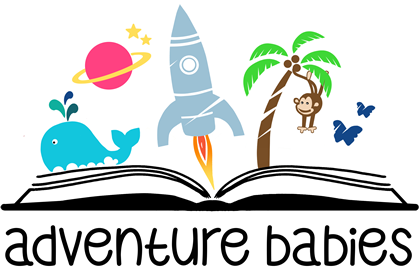What Is Sensory Stimulation and Why Does It Matter for Babies?
You’ve probably heard the phrase “sensory play” tossed around in baby groups or spotted it on Instagram alongside wooden toys and rainbow rice. But what is sensory stimulation and why does it matter for babies? It’s not just a buzzword—it’s a vital part of how your baby learns about the world and builds their brain from day one. And before you picture flashing toys and chaotic mess, take a deep breath: sensory stimulation doesn’t have to be overwhelming, loud, or complicated. In fact, the best kind is often calm, intentional, and joyfully simple.
So… What Exactly Is Sensory Stimulation?
In plain English, sensory stimulation means anything that activates one (or more) of your baby’s senses—touch, sight, sound, taste, smell, plus two less obvious ones: movement (vestibular) and body awareness (proprioception). It’s how babies experience the world. They’re not born knowing what’s safe, interesting, or important. They feel it, see it, hear it, smell it—and slowly, they start to wire up their brilliant little brains.
Sensory experiences are like nutrition for your baby’s development. Just like they need milk to grow bodies, they need sensory input to grow minds.
Why It Matters (Even When It Just Looks Like Play)
Here’s the big deal: research shows that rich, age-appropriate sensory experiences boost brain development, support emotional regulation, help build strong attachments, and even lay the groundwork for language, movement, and focus. So when your baby squishes a jelly bag, hears the rustle of foil, or tracks a puppet across a page—it’s not just cute, it’s cognitive magic.
What Is Sensory Stimulation and Why Does It Matter for Babies in the Real World?
As a parent, you’re probably already doing loads of this without realising: singing at nappy changes, rocking them to sleep, offering different textures to feel or explore. That’s sensory stimulation in action—responsive, loving, low-pressure. But structured sensory play (like our Adventure Babies classes) adds a layer of richness. Our storytelling adventures combine light, sound, texture, movement, and connection in a way that sparks curiosity and strengthens all those tiny, growing pathways in the brain.
And bonus—it gives you a break from thinking up something new every five minutes.
But Wait—Isn’t the World Already Overstimulating?
Fair question. Not all sensory input is created equal. Overstimulation (like busy screens or constant noise) can lead to overwhelm and fussiness. But thoughtful, slow-paced sensory experiences help babies make sense of the world in a way that’s soothing, not stressful. It’s all about balance—just like everything in parenting.
Final Thought: Keep It Simple, Keep It Sensory
You don’t need fancy gadgets or a Pinterest-perfect setup. A feather on their skin. A crinkly scarf. A soft lullaby. Or better yet—a sensory storytelling session designed by people who’ve studied how babies learn best.
What is sensory stimulation and why does it matter for babies? It’s one of the most powerful tools you have to support your child’s development—wrapped up in play, stories, and connection. And we’re here to help you make it magical.








